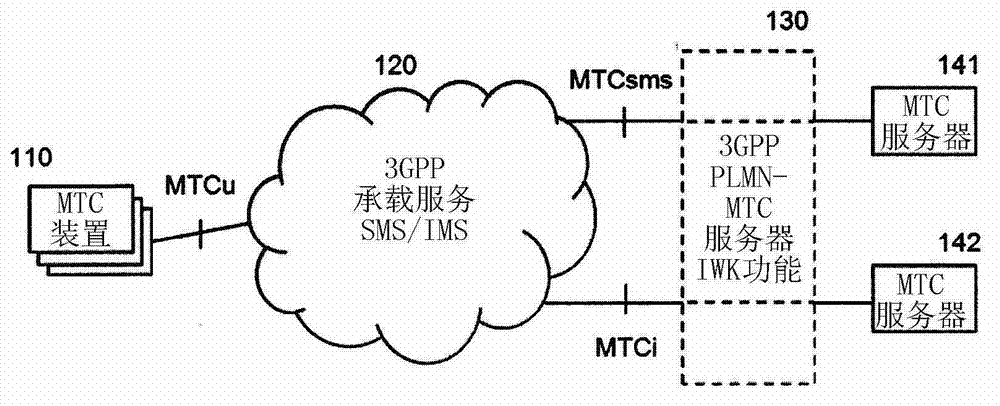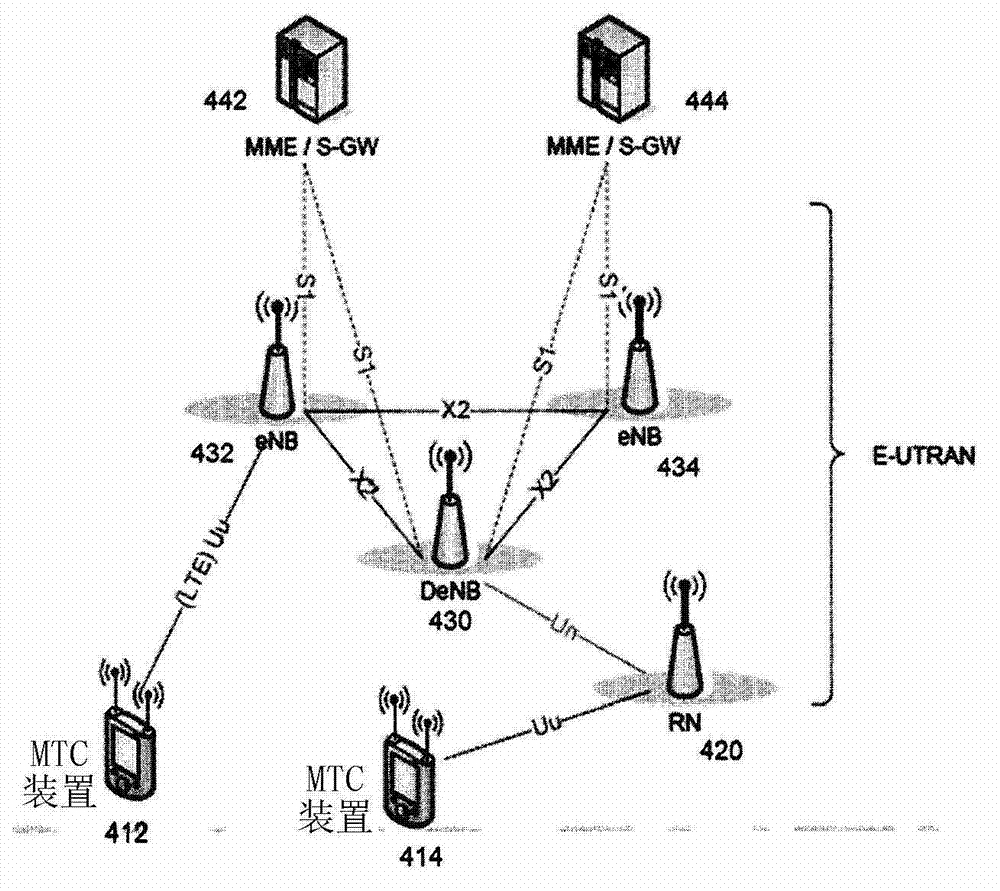MAC pdu signaling and operating methods for access class barring and back-off control for large-scale radio access network
A technology for signal transmission and media access control, applied in wireless network protocols, machine-to-machine/machine-type communication services, access restrictions, etc., to solve problems that are not fully resolved, cannot provide appropriate solutions, etc.
- Summary
- Abstract
- Description
- Claims
- Application Information
AI Technical Summary
Problems solved by technology
Method used
Image
Examples
no. 1 approach
[0044] An example of the first embodiment procedure of the UE (in idle mode) when session initiation is requested will be described.
[0045] Step 1) SIB reception: UE receives System Information Block (SIB). Specifically, the UE reads a System Information Block (SIB) (ie, SIB2: SIB Type 2) to identify Random Access (RA) parameters.
[0046] Step 2) Access Class Barring (ACB) Status Check: After reading SIB2, the UE checks the Access Class Barring (ACB) status, whether the UE class is barred.
[0047] Step 3) The subsequent process of the first embodiment can be described in the following order, as understood by those skilled in the art:
[0048] The UE initiates this procedure when the upper layer requests to establish an RRC connection when the UE is in RRC_IDLE. When initiating the procedure, the UE shall:
[0049] 1> If the UE is establishing an RRC connection for a mobile terminating call:
[0050] 2>…
[0051] 1> else if UE is establishing RRC connection for emergen...
no. 2 approach
[0078] The basic purpose of using Access Class Barring (ACB) and Backoff Control (BOC) is to prevent a subset of MTC devices from requesting session initiation and by restricting those MTC devices with Random Access Response (RAR) failures to apply a longer backoff period, respectively. Reduce RACH load to a certain level. From an intuitive point of view, ACB and BOC serve the same purpose of reducing the RACH load for a given time interval. However, their effects differ in two ways:
[0079] 1) The magnitude of latency in ACB (as of the current specification) is measured in seconds, from 4 seconds to 512 seconds; however, the magnitude of latency is measured in milliseconds in BOC, from 4ms to 912ms.
[0080] 2) Compared with BOC, ACB tries a smaller amount of RACH services (under the same waiting (failure) time period).
[0081] In the second embodiment, the MAC PDU structure itself can be changed to help both the H2H device (human UE) and the MAC device to recognize the c...
no. 3 approach
[0112] Some new back-off interval (BI) settings for MTC support may be implemented. The magnitude of the latency for ACB is measured in seconds, from 4 seconds to 512 seconds; however, for BOC, the latency is measured in milliseconds, from 4ms to 912ms. Thus, it can be appreciated that the use of ACB has a greater impact on prohibiting MTC devices from attempting random access since MTC devices have to wait for a longer period of time.
[0113] As in the third embodiment Figure 8 As shown, by introducing longer back-off intervals (BI) for indices 13, 14, and 15, the previously proposed "impact" gap can be reduced.
PUM
 Login to View More
Login to View More Abstract
Description
Claims
Application Information
 Login to View More
Login to View More - Generate Ideas
- Intellectual Property
- Life Sciences
- Materials
- Tech Scout
- Unparalleled Data Quality
- Higher Quality Content
- 60% Fewer Hallucinations
Browse by: Latest US Patents, China's latest patents, Technical Efficacy Thesaurus, Application Domain, Technology Topic, Popular Technical Reports.
© 2025 PatSnap. All rights reserved.Legal|Privacy policy|Modern Slavery Act Transparency Statement|Sitemap|About US| Contact US: help@patsnap.com



